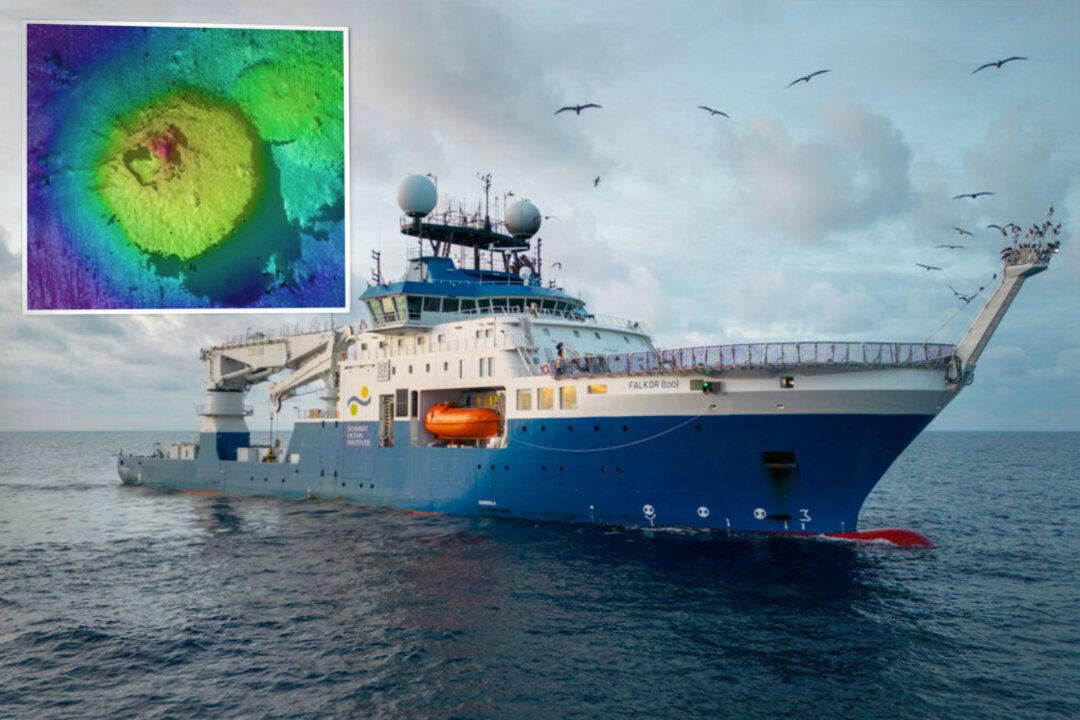A great mass of submerged land was discovered projecting vertically up from the ocean floor by scientists aboard research vessel Falkor (too), operated by the Schmidt Ocean Institute (SOI), during a survey 84 miles off the Guatemalan coast, SOI stated in a press release.
The colossal seamount, as they are termed, measures 1,600 meters (5,249 feet) tall at its peak, rising from a depth of 4,000 meters (13,123 feet) at the seafloor to a height 2,400 meters (7,874 feet) below sea level. The cone-shaped underwater mountain located in international waters is twice the size of the world’s tallest building, the Burj Khalifa in Dubai.






